Did you know that remote maintenance of industrial machines can reduce your maintenance costs by 25% while increasing your equipment availability? This revolutionary technology transforms how companies manage their facilities. Consequently, it enables sophisticated remote control of your industrial equipment. Remote maintenance uses IoT sensors and digital platforms to monitor, diagnose, and repair your machines without immediate physical intervention. Thus, it optimizes your productivity while minimizing unplanned downtime. Picomto, a leader in this field, offers a comprehensive solution that digitalizes your maintenance processes and facilitates collaboration between your technical teams. Indeed, this innovative approach revolutionizes traditional industrial maintenance.
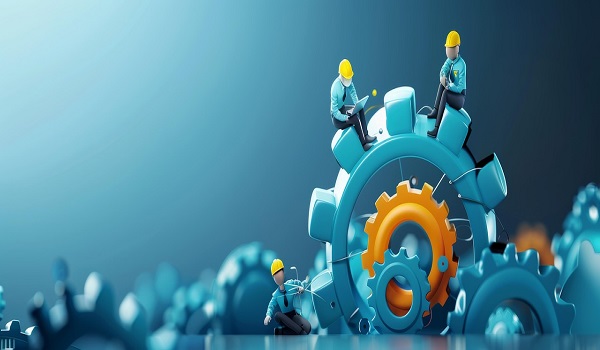
Key takeaways regarding remote maintenance of industrial machines:
- Continuous monitoring: 24/7 monitoring of your equipment via connected IoT sensors
- Cost reduction: 25% decrease in maintenance and intervention costs
- Predictive maintenance: Failure anticipation through real-time data analysis
- Enhanced collaboration: Remote assistance between experts and field technicians
- Productivity optimization: Significant reduction in machine downtime
1. What is remote maintenance of industrial machines?
First, remote maintenance represents a modern approach to industrial maintenance. It combines digital technologies and technical expertise to ensure optimal service.
This method allows companies to monitor and maintain their equipment remotely, thus revolutionizing traditional practices.
1.2. How does remote maintenance work?
Remote maintenance relies on an integrated technological ecosystem that follows a structured process:
- Data collection: IoT sensors collect real-time data on your machines
- Transmission and analysis: this information is transmitted to a centralized platform that analyzes performance
- Automatic detection: algorithms automatically detect anomalies and alert your teams
- Remote intervention: experts can intervene remotely via dedicated interfaces
1.3. What are the advantages compared to traditional maintenance?
Unlike conventional maintenance, the remote maintenance approach offers several significant benefits:
- Elimination of travel: no need for systematic travel by your technicians
- Immediate responsiveness: immediate reaction to detected malfunctions
- Cost optimization: considerable reduction in intervention costs and optimization of your human resource utilization
- Improved traceability: enhanced traceability of all your maintenance operations
2. Why adopt remote maintenance for your industrial machines?
Adopting remote maintenance represents a strategic investment for your company. Indeed, this technology addresses current Industry 4.0 challenges.
Particularly, it allows you to optimize your operations while reducing your environmental footprint.
2.1. What are the benefits in terms of time and costs?
The savings generated by remote maintenance are substantial and measurable with multiple advantages:
- Reduction in technician travel costs
- Decreased downtime thanks to faster interventions
- Avoidance of costly breakdowns through predictive maintenance
- Return on investment optimization from the first months of use
2.2. How does remote maintenance improve productivity?
Your facility productivity increases through several key factors:
- Continuous monitoring that guarantees optimal operation of your equipment
- Preventive interventions that avoid unexpected production stoppages
- Maintenance schedule optimization that maximizes your machine availability
Thus, your overall equipment effectiveness improves significantly.
3. What technologies enable effective remote maintenance?
Modern remote maintenance relies on a set of convergent technologies. These innovations enable the creation of an intelligent and autonomous ecosystem.
Consequently, they radically transform how you manage your industrial equipment.
3.1. What technologies enable effective remote maintenance?
Modern remote maintenance relies on a set of convergent technologies.
These innovations enable the creation of an intelligent and autonomous ecosystem. Consequently, they radically transform how you manage your industrial equipment.
3.2. What is the role of IoT in remote maintenance?
The Internet of Things constitutes the backbone of modern remote maintenance. Indeed, IoT sensors continuously collect critical data on your machines. This information includes vibrations, temperatures, pressures, and energy consumption.
Furthermore, this permanent connectivity enables proactive monitoring of your equipment's health status. Finally, IoT facilitates the creation of digital twins of your installations.
3.3. How does artificial intelligence optimize predictive maintenance?
AI revolutionizes maintenance by analyzing massive volumes of data. Machine learning algorithms provide several advantages:
- Identification of complex patterns in operational data
- Precise prediction of future equipment failures
- Automatic optimization of preventive maintenance schedules
- Performance maximization while minimizing unnecessary interventions
4. How does Picomto revolutionize machine remote maintenance?
Picomto distinguishes itself through its innovative approach to industrial remote maintenance. Our platform integrates all necessary functionalities to optimize your operations.
Therefore, it simplifies the digitalization of your maintenance processes while improving their efficiency.
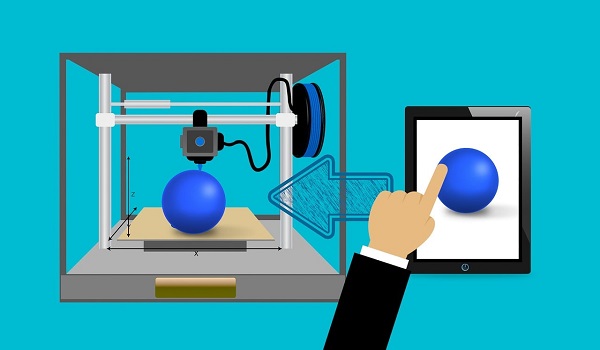
4.1. What Picomto features facilitate remote maintenance?
Picomto offers a comprehensive set of functionalities dedicated to remote maintenance:
- Real-time visualization of your equipment status
- Digital work instructions that guide your technicians step by step
- Augmented reality that facilitates complex remote diagnostics
- Automated reporting system for documenting your interventions
4.2. How does Picomto improve collaboration between teams?
Collaboration constitutes a fundamental pillar of our solution. Specifically, Picomto connects your subject matter experts with your field technicians.
Our platform enables instant sharing of critical information between all stakeholders. Moreover, integrated communication tools facilitate collaborative work. Result: your teams work more efficiently together, even remotely.
5. What steps should you follow to implement remote maintenance with Picomto?
Successful implementation of remote maintenance requires a methodical and structured approach. Picomto accompanies you at every step of this transformation process.
Our expertise guarantees a smooth transition to these new maintenance practices.
5.1. How to evaluate your remote maintenance needs?
Assessing your needs constitutes the first crucial step of the project. This analysis phase includes several essential components:
- Analysis of critical equipment and their failure modes
- Identification of potential gains in terms of availability and costs
- Evaluation of your existing IT infrastructure and its evolution capabilities
This analysis allows defining a personalized roadmap for your company.
5.2. What training is necessary to effectively use Picomto?
Training your teams guarantees the success of your remote maintenance project. Picomto offers training programs adapted to each user profile with a progressive approach:
- Administrator training on platform configuration
- Technician support in using field tools
- Manager awareness of new performance indicators
This progressive approach ensures optimal adoption of our solution.
Conclusion
Remote maintenance of industrial machines fundamentally transforms the management of your equipment.
Thanks to Picomto, you benefit from a comprehensive solution that optimizes your costs, improves your productivity, and anticipates failures. The IoT and AI technologies integrated into our platform offer you a decisive competitive advantage. Consequently, adopting remote maintenance becomes an essential strategic investment for your company.
FAQ
How does remote maintenance work?
It uses IoT sensors and digital platforms to monitor and maintain machines remotely.
What is the role of the machine?
The machine transmits operational data via sensors for diagnostics and preventive maintenance.
What is the meaning of remote maintenance?
It is the monitoring and intervention on equipment without physical presence on site.
What are the 4 types of maintenance?
Corrective, preventive, predictive, and condition-based maintenance according to equipment status.
What is the purpose of maintenance?
To ensure availability, reliability, and optimal performance of industrial equipment safely.
What are the different maintenance levels?
Level 1 to 5: from routine operation to complex general overhauls.
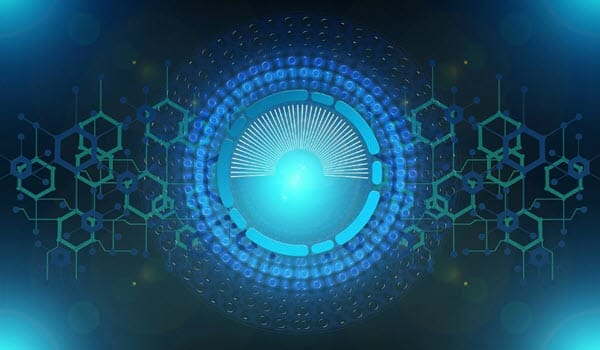
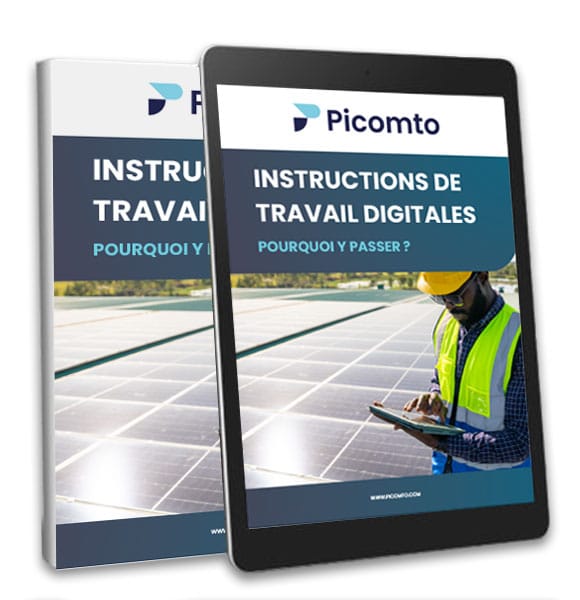

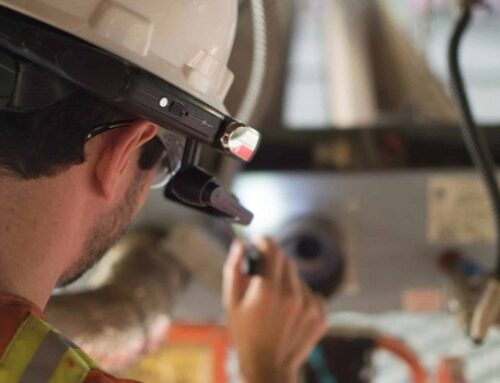

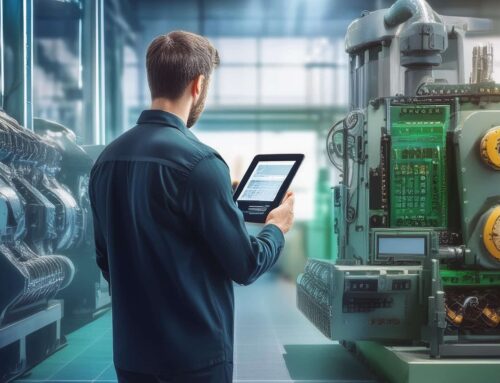
Leave A Comment